7 Relationship-Building Strategies for Your Classroom
June 27, 2023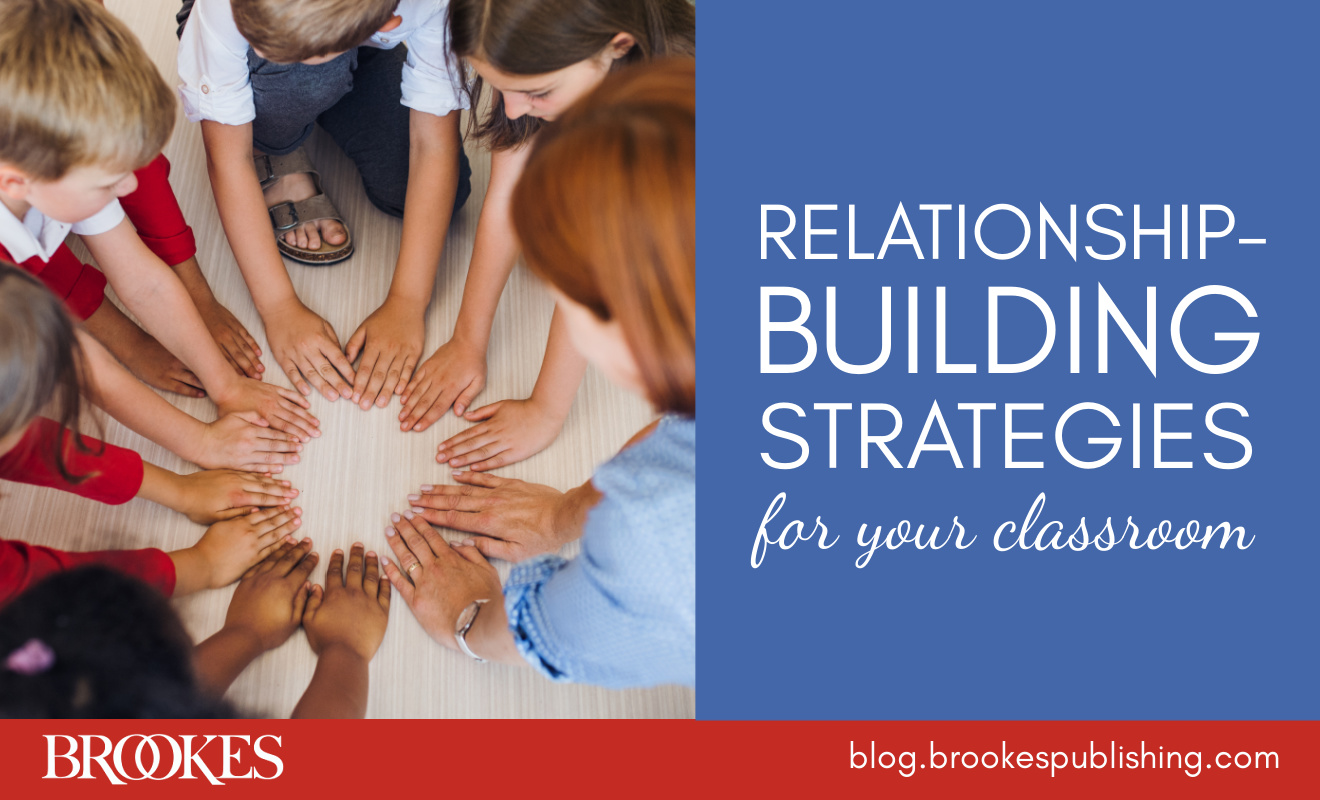
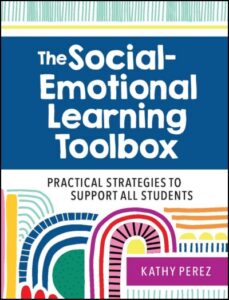 Building strong relationships in your classroom is the first—and possibly most important—step toward getting all students ready to learn. Excerpted and adapted from the book The Social-Emotional Learning Toolbox by Kathy Perez, today’s post offers 7 practical strategies you can use to boost your students’ motivation, promote positive behavior, and create a learning environment where every student can succeed.
Building strong relationships in your classroom is the first—and possibly most important—step toward getting all students ready to learn. Excerpted and adapted from the book The Social-Emotional Learning Toolbox by Kathy Perez, today’s post offers 7 practical strategies you can use to boost your students’ motivation, promote positive behavior, and create a learning environment where every student can succeed.
 Hold Morning Meetings
Hold Morning Meetings
Procedures, routines, and daily rituals are important when creating a cohesive classroom community. These times should be dedicated to giving your students a voice, fostering relationships, and giving students greater ownership of their environment. Morning check-ins are predictable ways for students to celebrate together what is working and how they are feeling, and to share appreciations and greetings. Here’s a sample agenda for a morning meeting:
- Review norms (give everyone a voice, if it’s not your turn to talk take time to listen, look at the speaker, have fun…respectfully)
- Conduct greetings—class slogan chanting and salutes
- Do the morning “weather report”—how are you feeling?
- Share news of the day
- Read a poem or motivating passage
- Ask students: how are you going to make today successful?
During your morning meeting, take time for students to check in with their feelings and with each other. As the teacher, you also need to model this practice and let your students know how you’re feeling.
Share Morning Messages
Posting a morning message in the form of a question is a great way to “hook” your students when they arrive. This procedure can be built into your morning meeting structure. Answering an open-ended question is inclusionary and welcoming to the students, and it also helps them practice their speaking and listening skills. Here are some examples of morning message ideas:
- What makes you special?
- How will you grow this week?
- If you had a superpower, what would it be and how would you change the world?
- What will you choose to do today to make it a success? How will you decide what to do?
- What is meaningful to you in the world around you?
- Where do you travel in your dreams?
- How can you be a good friend today?
- What makes you feel proud of yourself?
- What makes you happy in this time and place?
- What do you like about your classmates?
Allow for Positive Talk Time
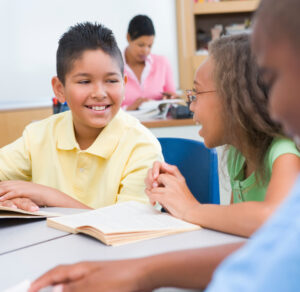
Offer students plenty of opportunities during the school day for structured and unstructured talk time with each other. These important “brain breaks” build relationships while boosting students’ speaking and listening skills.
For example, work in opportunities for “turn-and-talk” times throughout the day. During turn-and-talk, students turn to a nearby learning partner and share their ideas about a topic for a brief period before whole-class discussion resumes. This provides time for students to share in a risk-free way their opinions and beliefs about a topic with a trusted peer. Understanding and confidence increase as they bounce ideas off each other. This is a good way to hit the reset button and create greater student engagement.
Share “Ah-Has,” Appreciations, and Apologies
Have students form a circle and randomly share an “ah-ha” they had (key insights they learned), appreciation (what they are grateful for), or apology (someone of whom they want to ask forgiveness). This is a powerful and positive process to culminate your school day.
Pause for Reflective Writing

Press the “pause” button during your busy day to give your students time to reflect, free-write, and journal on a regular basis. Make this a calming, soothing break from your busy schedule. Consider playing soft classical music in the background to promote greater reflection. You may want to provide a menu of writing prompts like these to get your students started:
- What are some ways that I show kindness?
- What does it mean to be a good student?
- What goals do I have for myself this week or month?
- What challenges will I need to work harder on or get support for?
- I am most successful when . . .
- I get frustrated when . . .
- When I’m angry I sometimes . . .
- Sometimes I get scared when . . .
Conduct Closing Community Circles
Near the end of the day, ask students to form a circle and reflect on the day together. Check in with students about how they are feeling and what went well for them, and talk about acts of kindness you’ve observed. Here are some prompts you can use to get a discussion going:
- Something new they learned
- Something they’re wondering about
- A goal for the next day
- A closing song
- A closing game
 Create Classroom Cheers
Create Classroom Cheers
Use creative cheers to acknowledge an individual or group or add energy to the close of the school day. Here are some sample cheers to start with (or ask students to come up with their own):
- Alligator: Stretch both arms straight out in front as if to make alligator jaws; at the signal, do one big clap.
- Sparkle: Raise hands to shoulder level, palms facing out. Wiggle fingers as you lower hands, imitating a sparkling movement.
- Firecracker: Have the children pretend they are exploding fireworks with their bodies (noise or no noise).
- High 5: Do high fives around the circle, in partners.
- Round of Applause: Clap while moving your hands around in a circle.
End the Week with Whisper Wishes
As a closing activity, all children can whisper a wish into their hand. Once everyone has whispered, count to three and release them together. This is a fun way to finish off the week. As a variation, this activity can be used for sharing by having each student in the circle share their wish.
Use these 7 ideas throughout your school day to strengthen the relationships in your classroom community and increase engagement and motivation. And for a great introductory guide to infusing your existing curriculum with high-quality SEL instruction, get the book behind today’s blog post!

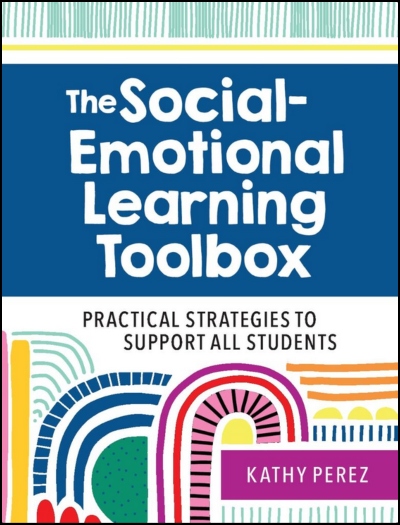
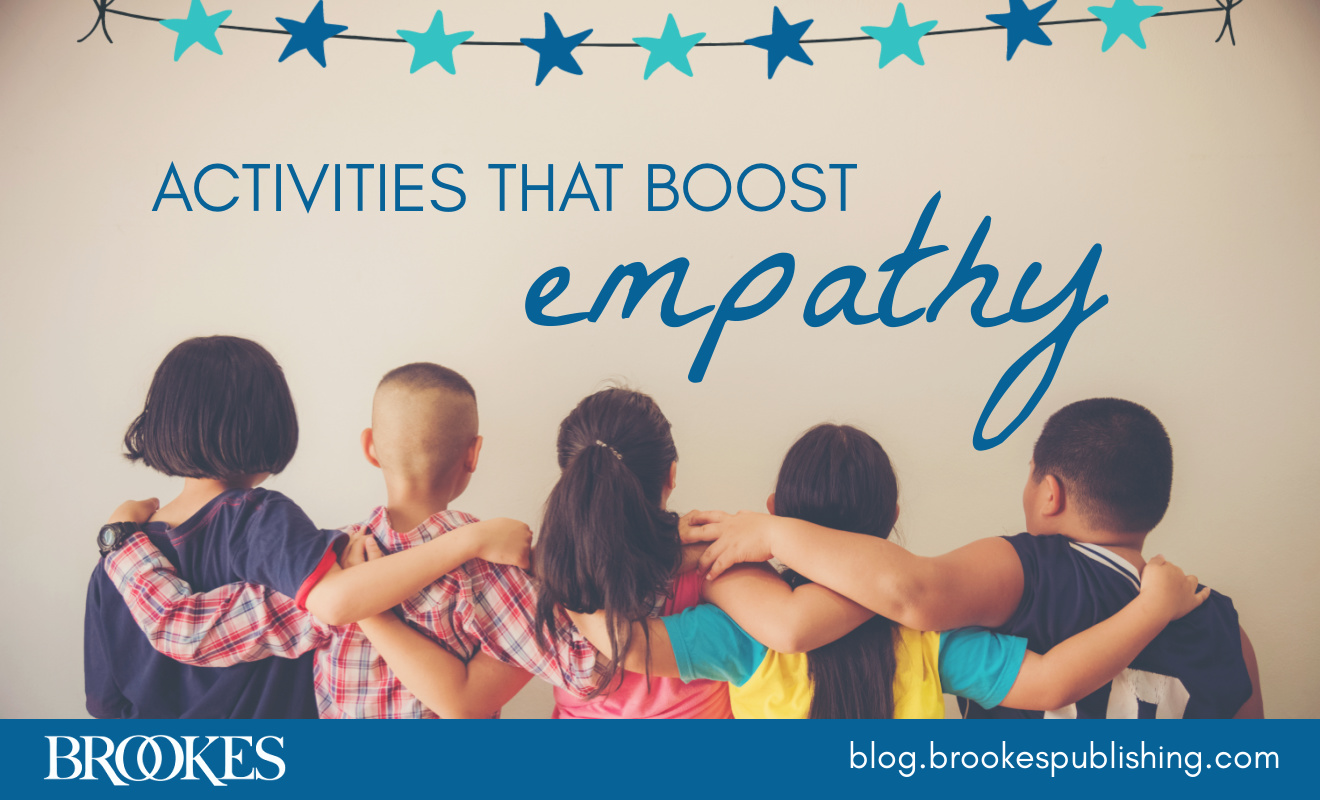


Write a Comment
Your email address will not be published. Required fields are marked *
Post a Comment